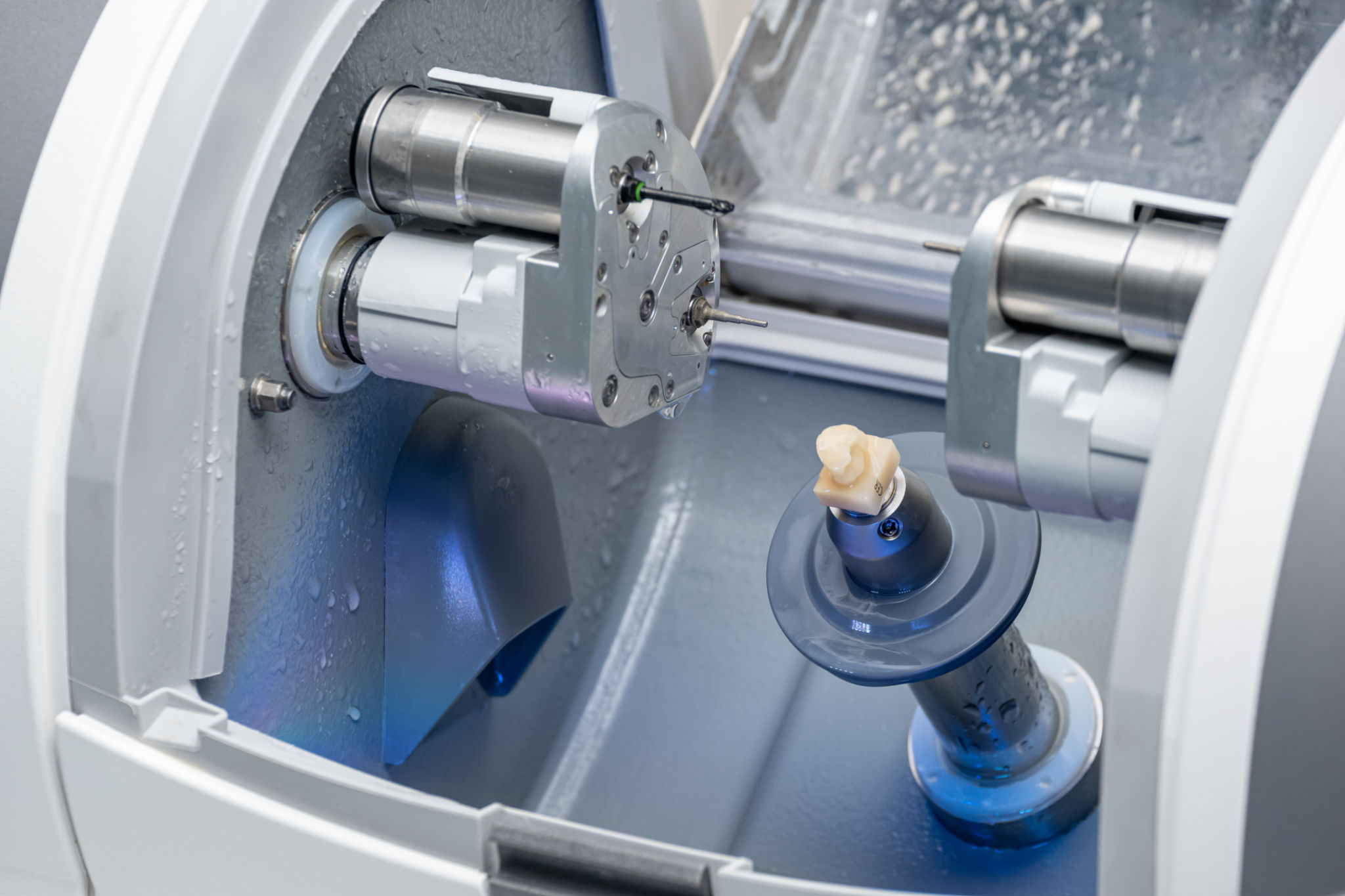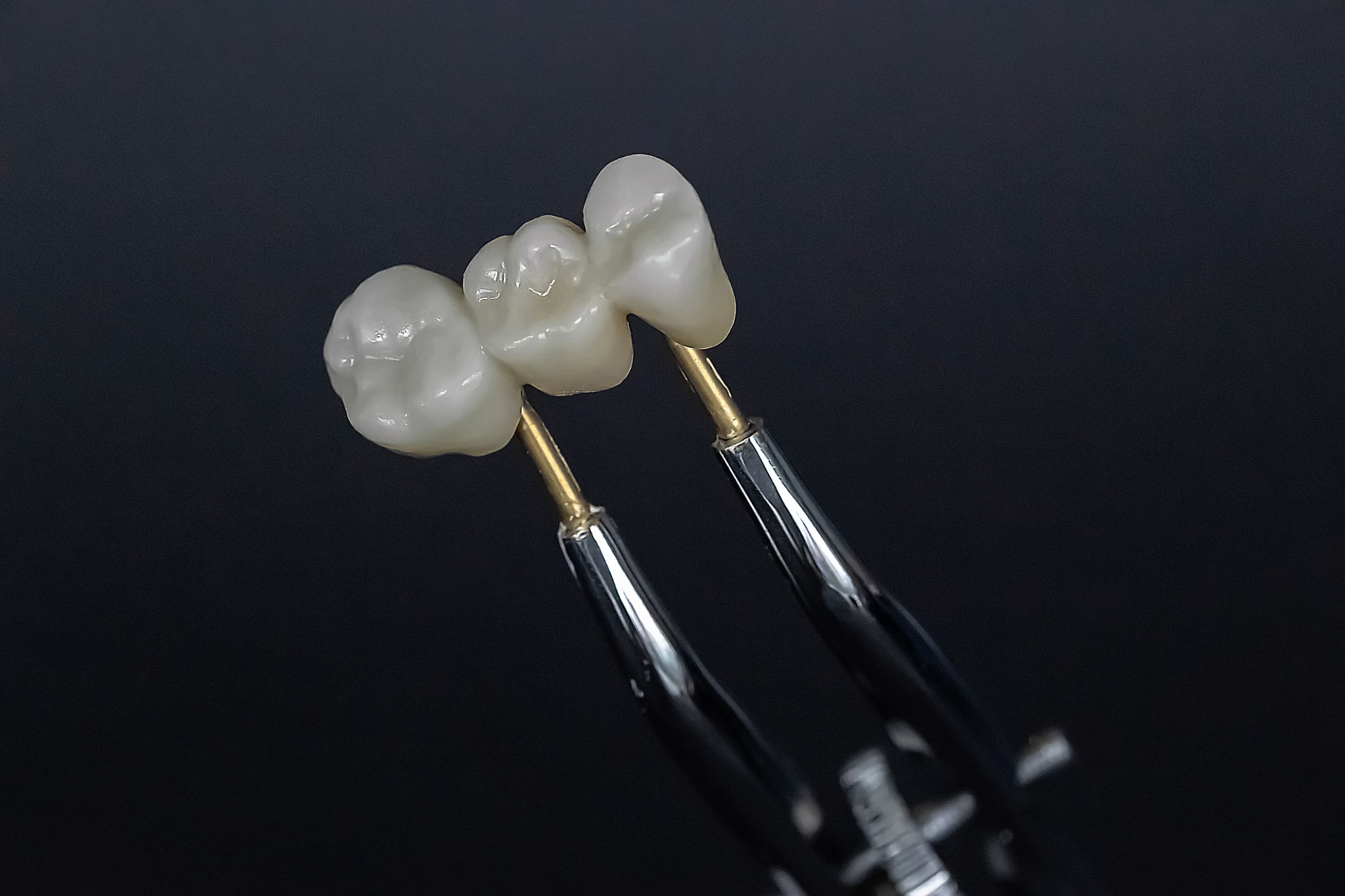Understanding Different Types of Dental Restorations with 3D Models
Introduction to Dental Restorations
Dental restorations are essential procedures in modern dentistry, aimed at restoring both the function and aesthetics of teeth. With advancements in technology, understanding these procedures has become more accessible, especially through the use of 3D models. These models provide a detailed and interactive way to comprehend different types of dental restorations.
Types of Dental Restorations
There are several types of dental restorations, each serving a specific purpose. The most common include fillings, crowns, bridges, and implants. Each type addresses different dental issues and varies in complexity and materials used. Understanding these can help patients make informed decisions about their dental care.

Fillings
Fillings are one of the simplest forms of dental restoration. They are used to repair cavities and minor tooth decay. The process involves removing decayed material and filling the cavity with materials such as composite resin, amalgam, or gold. 3D models allow patients to see how fillings are applied and how they function within the tooth structure.
Using 3D models, patients can view the step-by-step process of a filling, from decay removal to the placement of the material. This visual aid can alleviate anxiety and provide a clearer understanding of what to expect during the procedure.

Crowns and Bridges
Crowns are used to cover damaged or weak teeth, providing both strength and an improved appearance. Bridges, on the other hand, are used to replace one or more missing teeth by anchoring onto adjacent teeth. Both procedures benefit from 3D modeling by allowing patients to visualize the end result and how these structures will fit into their mouths.
With 3D models, patients can see how crowns and bridges are designed to match the contours of their existing teeth, ensuring a natural look and feel. This technology helps in customizing the restoration for optimal fit and comfort.

Implants
Dental implants are a more complex restoration option designed for replacing missing teeth. They involve placing a titanium post into the jawbone, which acts as a root for a new artificial tooth. The use of 3D models in implant dentistry is particularly beneficial as it allows for precise planning and placement, reducing the risk of complications.
Patients can gain a better understanding of how implants integrate with the jawbone and support new teeth with the help of interactive 3D models. This insight can be invaluable in deciding whether implants are the right choice for their dental needs.
The Future of Dental Restorations with 3D Models
The integration of 3D modeling in dental restorations represents a significant leap forward in patient education and procedure planning. As technology advances, we can expect even more detailed models that provide deeper insights into dental health and restoration techniques.
Overall, 3D models not only enhance understanding but also improve communication between dentists and patients, leading to better outcomes and increased patient satisfaction. With continuous innovation in this field, the future of dental care looks promising and more patient-centric than ever before.
